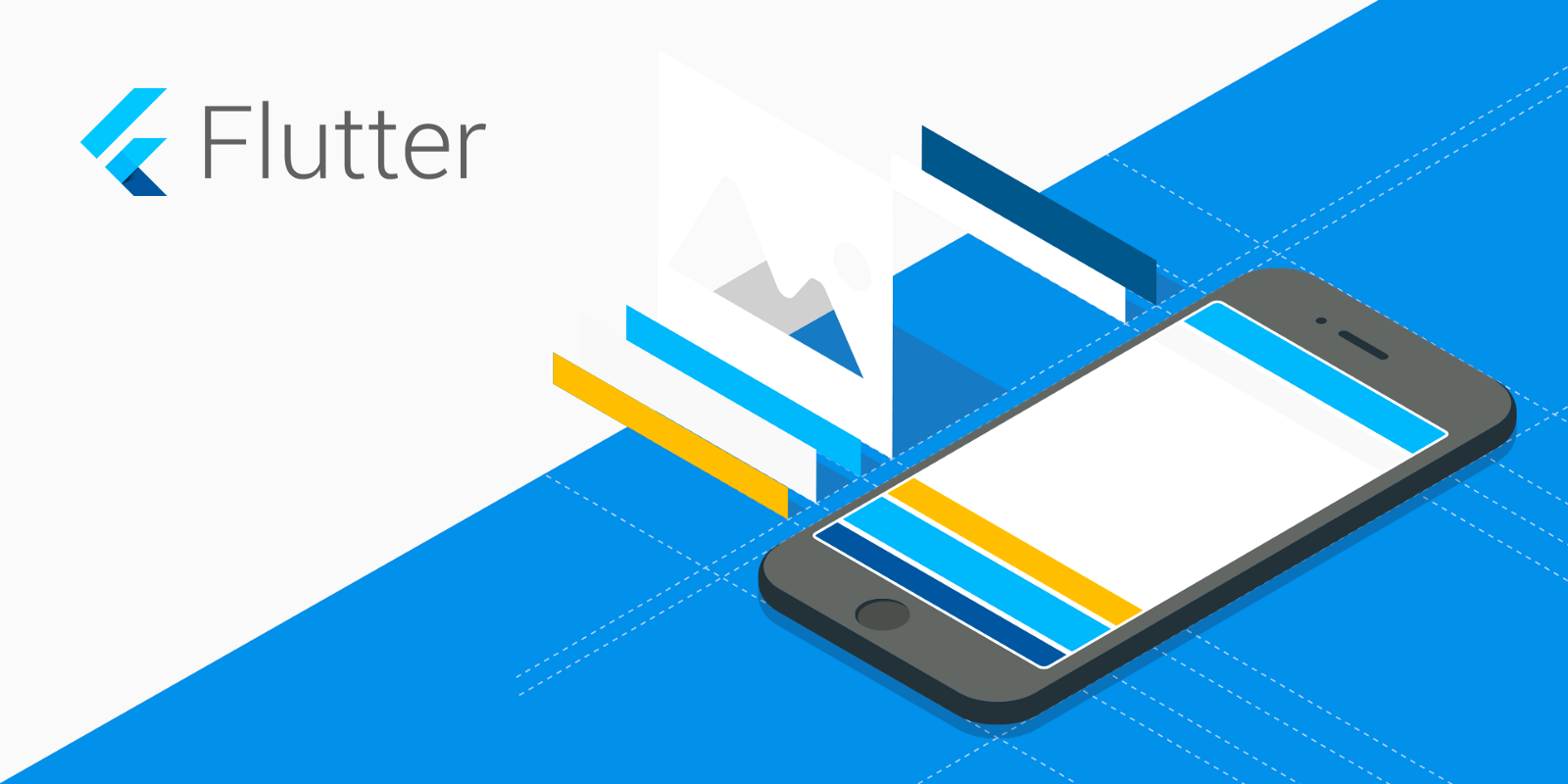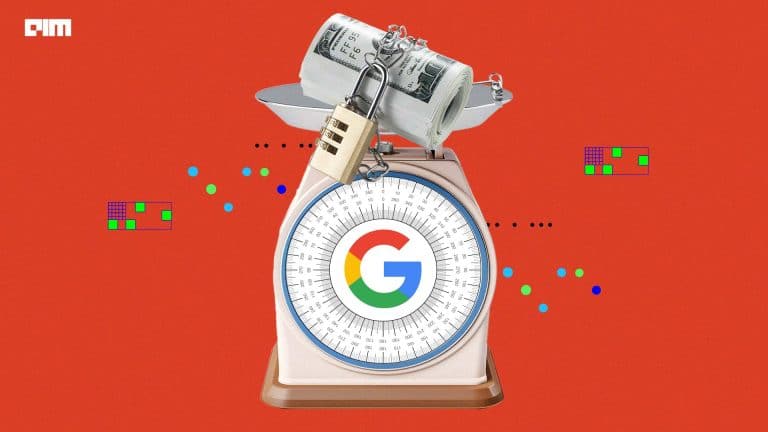What do modern-day mobile phone users require in an app? Is it a beautiful design, smoother animation or better performance? The answer is all three. App developers are expected to create new features for apps which don’t compromise on speed and performance.
This is the reason why Google created Flutter — to make it easier for developers to create the best applications possible.
Google’s UI toolkit Flutter was released in 2017. Flutter uses Dart object-oriented programming language which is the fastest growing language, up by 532% between 2018 and 2019, probably thanks to Flutter itself.
Flutter is an open-source and free SDK with widgets and tools. It is used to develop apps for both Android and iOS. Now, if you ask an app developer about what he/she likes about it, the first thing they might talk about how easy it is to grasp and how one can use a single type of code for two platforms. Let’s talk about somethings that you learn while using Flutter:
- Dart, the programming language:
Dart is easy to learn and a joyous experience while using it. Compared to TypeScript and Flow, which you use in React Native, it is far easier and has a simple syntax. With a good compiler, there are fewer hidden runtime error messages. A developer should appreciate a strongly typed language even for a medium-sized application.
- Architecture and State Management:
When Flutter was a new technology, it was hard to trust the architecture and the state management tools, but in 2019 more and more complex Flutter apps have been written. Some people follow BLoC, which is complex, then there are RxDart and Redux, which aren’t simple as well. People coming from Android or React might find it more comfortable since they may be used to this.
- Hot Reload:
Flutter’s Hot Reload helps you to experiment, build UI, add features and fix bugs quickly and makes it as easy as possible. With the addition to its speed, it is reliable. This Hot Reload feature is the best in the class.
- Complex Layout is easy:
People already using layout libraries like React, CSS Grid, Flexbox, etc., will have no problem learning Flutter’s layout. Flutter is a lot similar to these web-based layout concepts. Also, the UI logic in Dart and Flutter is excellent for reliable code.
- Less focus on widgets is needed:
A lot of attention has been given to Flutter’s widgets tutorial on their website. Eventually, developers have started to write more full-fledged apps and have gone beyond implementing pure UI and animation. This is why more end to end tutorials should be mentioned on Flutter’s website. There are more advanced Dart features and architecture patterns that could be learned. Flutter goes beyond just widgets.
- Apps for both platforms:
It takes times to submit apps for each platform, especially Google Play and iTunes Connect.
- Too many widgets:
There a lot of widgets on Flutter. There are widgets for simple positioning; this makes the Dart code nested when it is time to implement more complex layouts. That is why it is recommended to learn the simple widgets first and then do for the others as and when needed.
- Firebase:
For simple projects or the kind of projects you want to hand over later where they don’t have enough backend developers, firebase can be a good choice. But if you are a small team, it would be a problem if there is a surge in the traffic and the Firebase bill shows up which is usage-based.
How Flutter Measures Up To Its Competitors
Flutter and React Native are two of the hottest cross-platform app development technologies. So, it is imperative that we compare these two:
Programming Language:
We know that Dart is the fastest growing language, but Javascript is the number one language preferred by the developers. Although Dart is simple to understand, because it is a lesser-known language, it isn’t widely used. Javascript users can easily understand Dart since it supports most of the object-oriented concepts.
Technical Architecture:
Communicating with native modules using a bridge may result in poor performance. Flutter has most of the native models in the framework itself, so it doesn’t need a bridge to communicate. Whereas, React Native uses Javascript bridge to communicate with native modules.
UI component and API development:
React Native relies on third-party libraries to access native modules because it provides only UI rendering and device access APIs. Flutter is loaded with UI rendering components, device API access, navigation, testing, stateful management and loads of libraries. This abundance of components does not require the use of third-party apps.
Developer Support:
Being the more mature framework, React Native has better developer support in terms of IDE’s and language feature. Flutter is relatively new, but will definitely catch up.
Cross-platform app development:
Flutter has a good automation tooling and can be used to deploy apps from command lines whereas React Native lacks Command Line Interface (CLI) support for build automation.
Outlook
When it boils down to it, Flutter might have the edge when we look at the overall aspects including installation, setup and project configuration, community support, testing support, DevOps, CI/CD support, etc.
Considering everything Flutter has to offer, and with no signs of slowing down, it has shown us that it is here to stay.



















































































